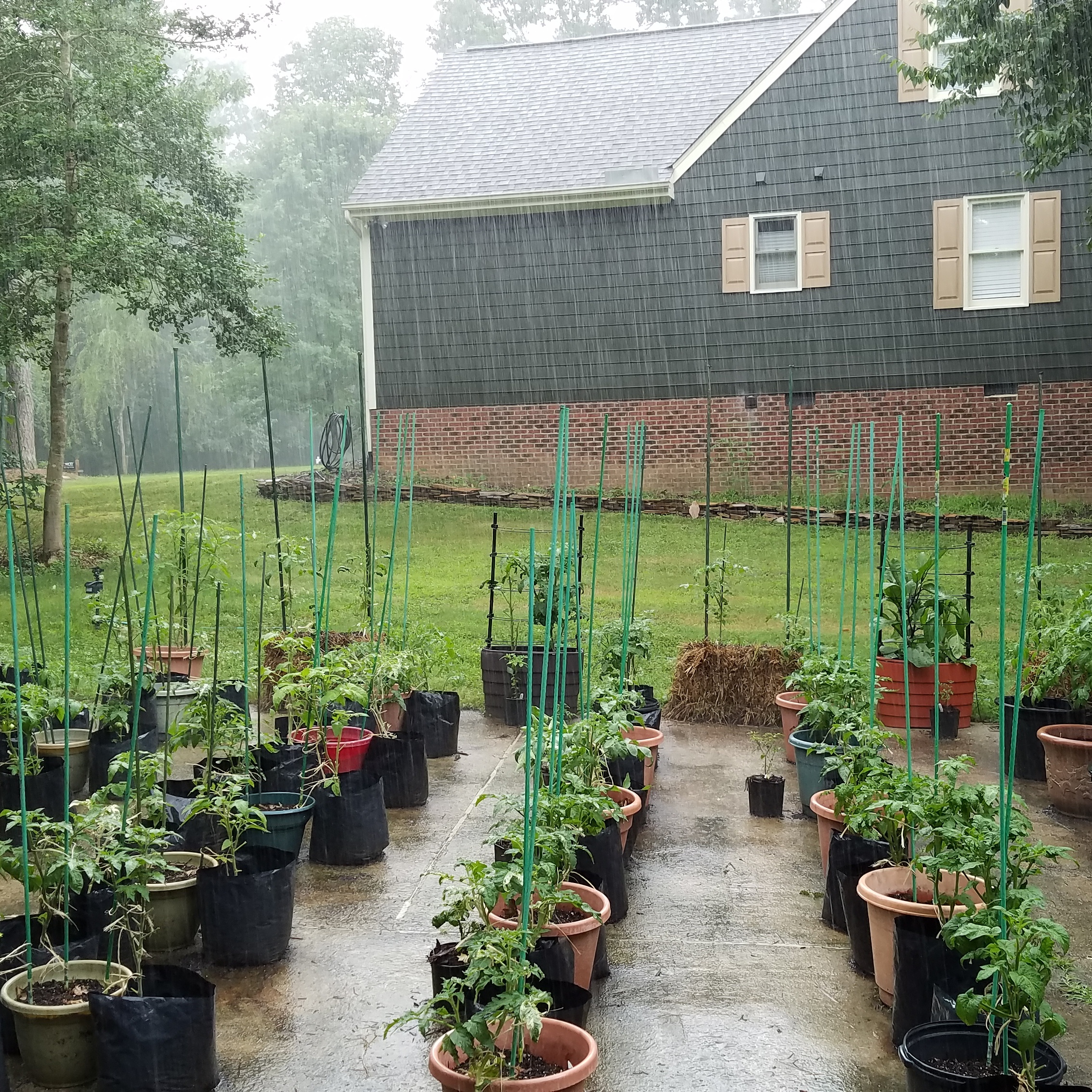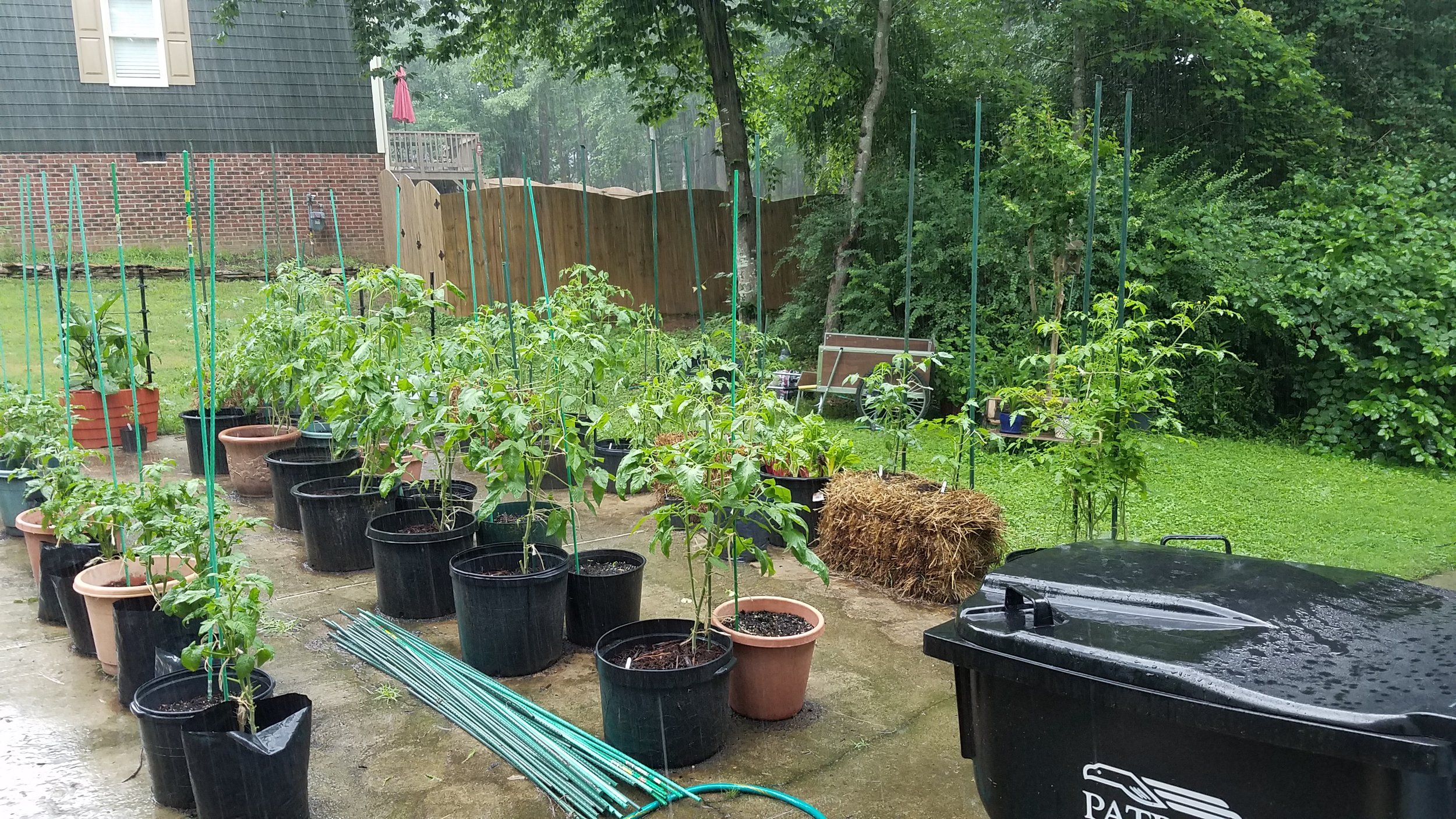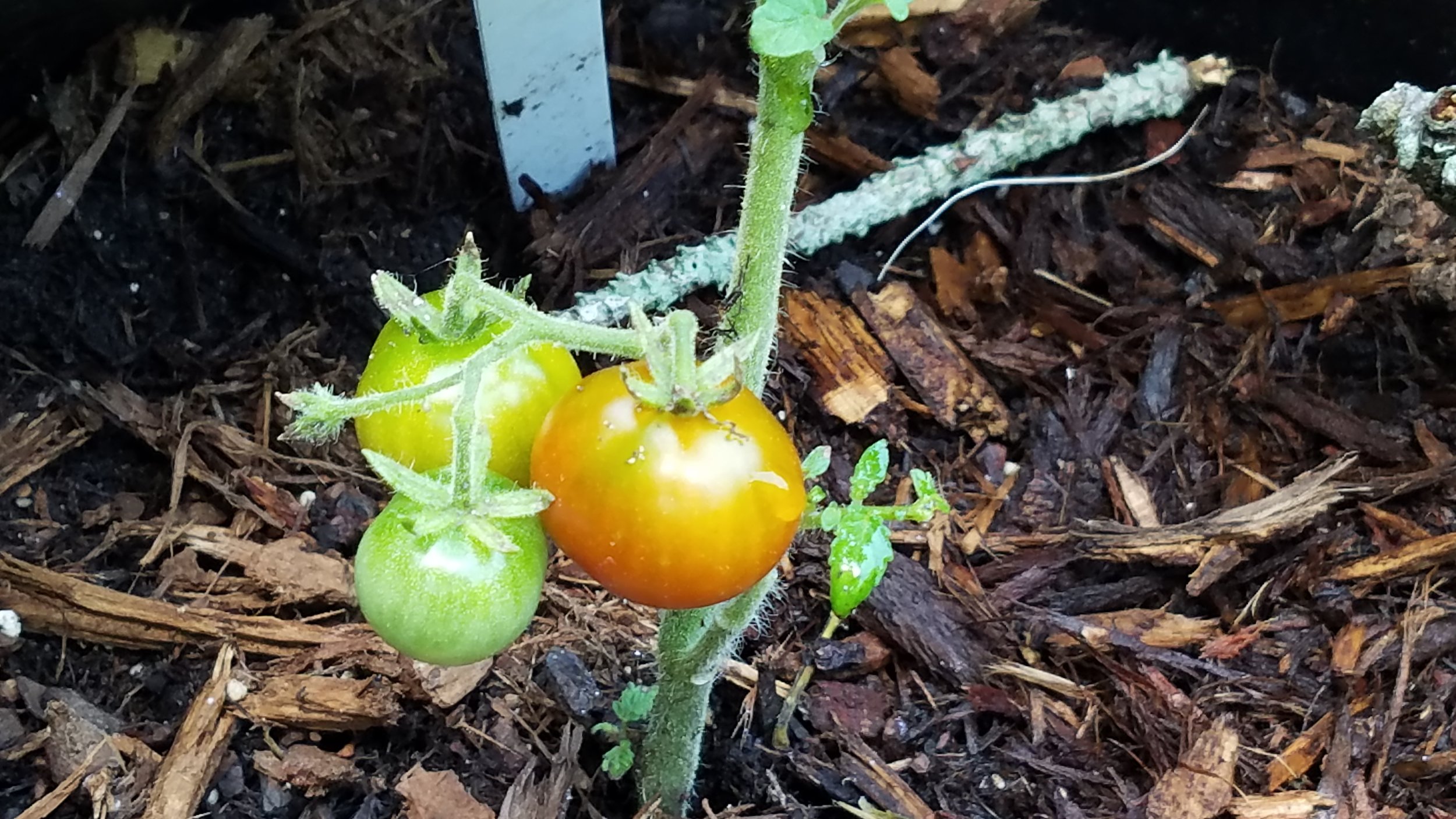After a really busy (and fun and exciting!) winter and spring, summer settled down into a delightful blend of gardening and blogging. Though I am through with distant travel and events for 2017, some opportunities to talk and taste tomatoes are on the horizon. For those who miss Tomatopalooza, come and check out one or more of the following!
Carrboro Farmers Market Tomato Day - Coming fast, Saturday July 8. I will be there answering questions and tasting and commenting on tomatoes, selling and signing my books and ready for some interesting tomato chat from 8:30 AM until the event ends, at noon.
Tomato tasting at Isleley Farms in Burlington NC, Saturday July 22, from 3-5 PM. Sue and I will be there to answer questions, sell and sign books, and taste tomatoes; they focused on many of my favorite varieties described in my book Epic Tomatoes.
Duke Gardens 2017 Gardeners' Fair, Duke Garden, Durham NC, Tuesday July 25 from 6:30 - 8 PM - bring your questions and purchased a signed book...we are so glad to be back after having a conflict last year. We may have a few tomato samples to try - but of course it all depends upon whether the tomatoes in our driveway cooperate!
Olive Wagon tomato event, Thursday July 27, Lafayette Village, Raleigh NC, 6-8 PM - some food, some tomatoes, lots of tomato Q&A, purchase a signed book - it will be so nice to do an event so close to home!
Home Grown Tomato Festival, Charlotte NC - Saturday July 29 all afternoon - see the link for continually developing details. I will be there to do a tomato workshop, taste, sell and sign books, answer questions and mingle with other tomato lovers.
Southern Season Cooking School, Tomatoes, Chapel Hill NC, Sunday August 6, 2 PM - Another in a wonderful series of summer tomato cooking school classes where I get to share the stage with my long time Cherokee Purple-growing friend Alex Hitt.
I am also working a series of three workshops for Wake County libraries in the fall - please watch for details as they are finalized. Locations look to be Northeast Regional on Green Elm Lane, North Raleigh, Cameron Village on Clark Avenue, Raleigh, and Eva Perry on Shepherd's Vineyard Avenue in Apex. Watch for these to happen in September through November.
Switching gears, I am delighted to be part of the blogging team for a new website created by Joe Lamp'l (Growing a Greener World TV show) - joe gardener. My blog and/or podcast links can be found here,and here, -be sure to book mark Joe's website for great gardening info - and more content from me. If you've not seen my tomato episode on Joe's TV show, the link is here. You can also find it on iTunes - add it to your regular playlist!





































